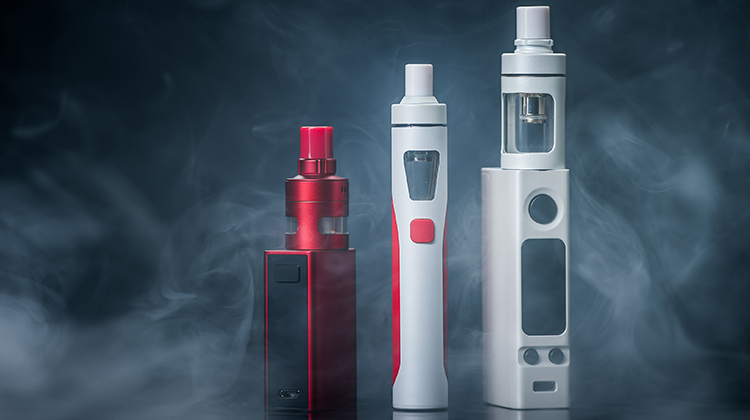HHC Disposable Vapes – A Trend or Here to Stay?
The rise of HHC disposable vapes has sparked significant interest in the vaping community and beyond, raising questions about whether this trend is a fleeting phenomenon or a lasting addition to the vaping landscape. HHC, or hexahydrocannabinol, is a cannabinoid that has recently gained attention as a legal alternative to THC, the psychoactive compound commonly found in cannabis. HHC is chemically similar to THC but offers a slightly different experience due to its unique molecular structure. This distinction has made HHC disposable vapes particularly appealing to users seeking new sensations or a legal way to enjoy cannabinoid effects without the legal complexities associated with THC. One of the key factors contributing to the popularity of HHC disposable vapes is the convenience they offer. Disposable vapes are known for their ease of use; they come pre-filled with e-liquid, require no refilling, and are designed to be discarded once the liquid is depleted. This simplicity appeals to both seasoned vapers and newcomers who prefer a hassle-free experience. HHC disposable vapes combine this convenience with the novelty of a new cannabinoid, making them an attractive option for those interested in exploring different aspects of the vaping world.

The legal status of HHC also plays a significant role in its popularity. While THC remains heavily regulated in many regions, HHC is often classified differently due to its synthetic origins and unique chemical structure. This legal ambiguity has allowed HHC products to proliferate in markets where THC is restricted. As a result, consumers seeking a cannabis-like experience without navigating complex legal landscapes have turned to HHC as a viable alternative. The legal status of HHC, combined with the ease of use provided by disposable vapes, has created a niche market that is rapidly expanding. However, the sustainability of HHC disposable vapes as a long-term trend is subject to several factors. One major consideration is the regulatory landscape. As authorities become more aware of HHC and its effects, regulations may evolve, potentially impacting the availability and legality of HHC products. Additionally, the long-term health effects of using HHC are not yet fully understood, which could influence consumer perceptions and regulatory decisions. As research continues and more information becomes available, the popularity of HHC disposable vapes may shift based on new findings and regulatory changes.
Consumer preferences also play a crucial role in determining whether hhc dispo vapes will remain a staple in the market. As the vaping industry evolves, trends can shift rapidly. The introduction of new cannabinoids, advancements in vaping technology, and changes in consumer tastes can all influence the popularity of specific products. While HHC disposable vapes currently enjoy a strong following, their future will depend on how these factors evolve over time. In conclusion, HHC disposable vapes represent a fascinating development in the vaping industry, offering a blend of convenience, legal accessibility, and novel cannabinoid experiences. Whether they are a passing trend or a lasting fixture will depend on how regulatory frameworks adapt, how consumers respond to ongoing research and health information, and how the broader vaping market evolves. As with many trends in the vaping world, the future of HHC disposable vapes remains uncertain, yet they undoubtedly reflect the industry’s constant innovation and consumer curiosity.